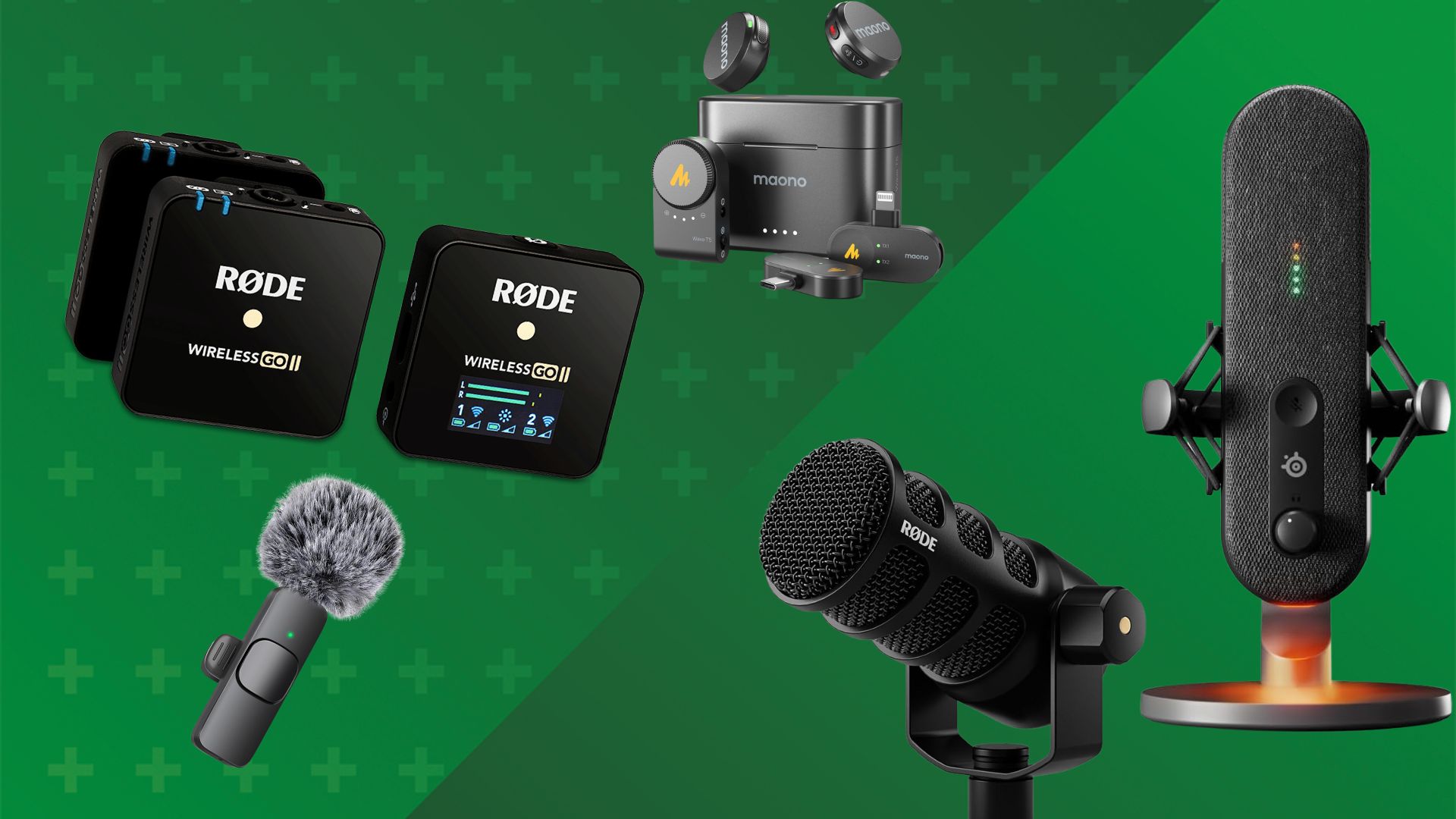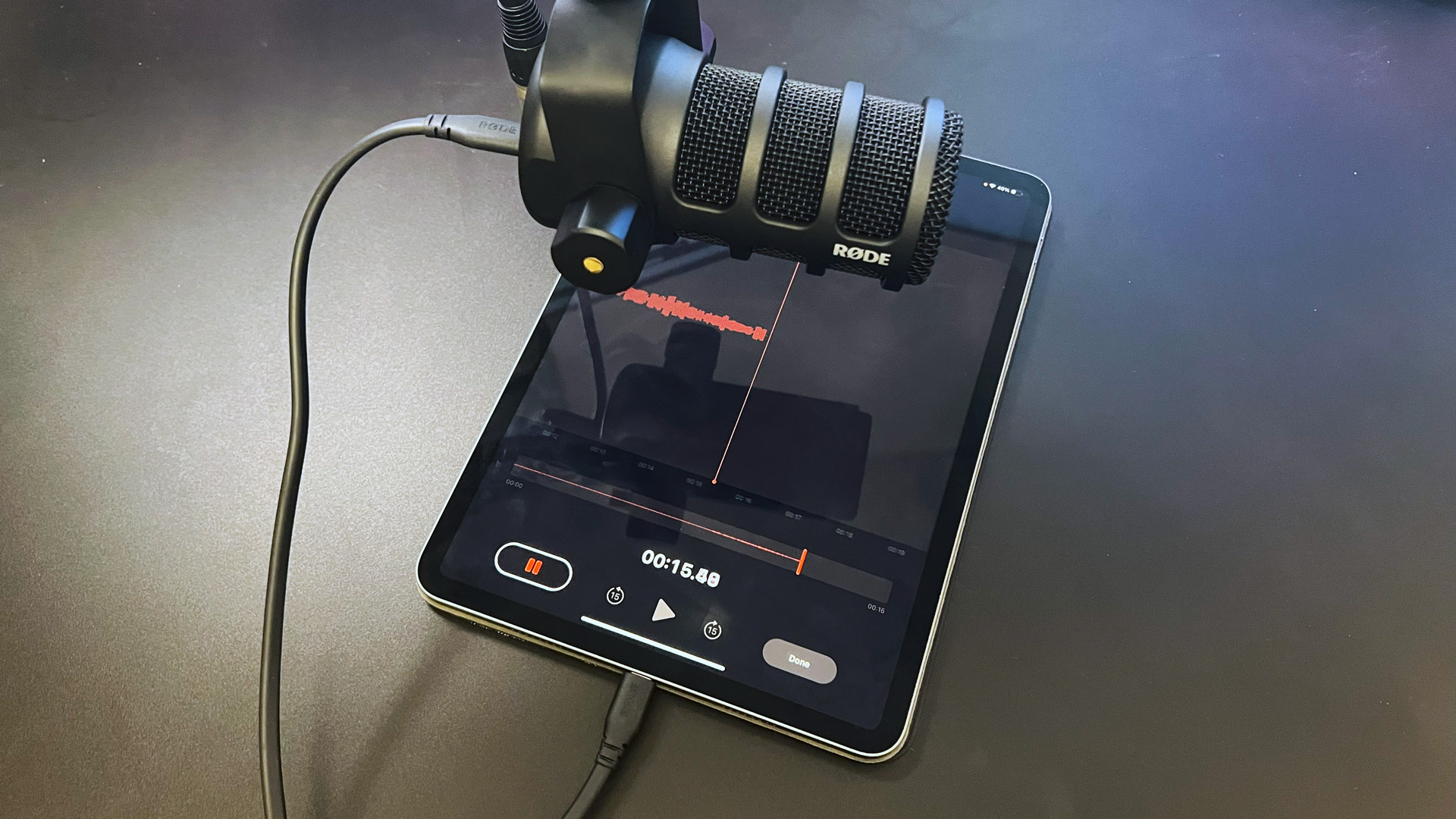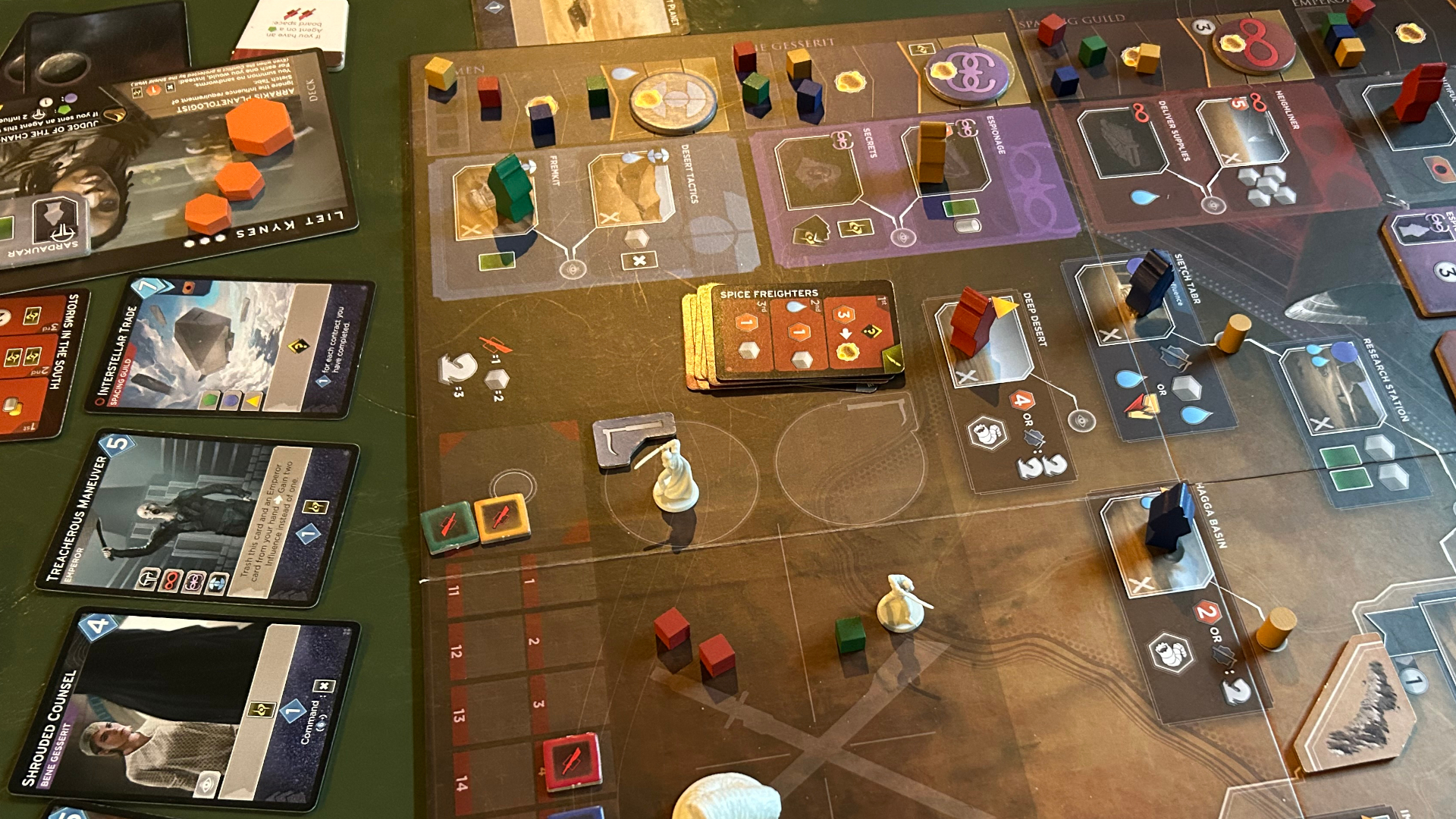Tiny wireless microphones are all the rage right now, but should you buy one for streaming?
Interested in making some tiny mic ASMR? Here's what you need to know

It's my job to review all the latest content creation gear for streamers, and lately, I've been spotting fewer wired microphones hitting the shelves, and instead, tiny wireless mics stealing the limelight. If you spend a lot of time on Instagram, TikTok, or any social media app that's trying to be TikTok, you'll probably have seen these tiny wireless mics used by more and more content creators.
From red carpet interviews recorded on a phone, to improvised and, let's be honest, not very good ASMR, there are loads of uses for the latest tiny mics. But how do these stack up against the best microphones for streaming and gaming? Are they suited to going live on Twitch, or should you only really consider them if you're making videos and need solid sound quality on the go?
Like any type of specific microphone, whether it's right for you or not will depend on the use case, the type of content you're creating, and as always, your budget. I can make things nice and easy for you right away, though. If you only make gaming content from the comfort of your home and you don't need something to take on the go, you probably won't need one of these wireless microphones. If, however, you plan to make more reels, TikToks, or shorts, and you want to be open to recording outside your make-shift studio space, one of these wireless mics could be a massive, massive boost to you.
Wireless mics: What you need to know
Although we're seeing a new wave of tiny wireless mics at the moment, they're not exactly new technology. Wireless radio mics have been used for decades now in theatres and by broadcasting stations and documentary makers. The reason they're so popular nowadays though is that Bluetooth and USB-C connectivity means it's become far easier to connect them to your phone. These sorts of mics used to cost an arm and a leg, but now, because demand has shot up, they're starting to come down in price.
In the last five years, short-form video content has exploded, and the demand for great, directional microphone quality so people can make videos with high-production value from the comfort of their phones has gone through the roof. You'll notice just from comparing sound quality with longer-form videos on YouTube that these tiny mics can't really replicate the professional standards of the Shure SM7dB, or indeed more affordable USB mics like the SteelSeries Alias. But some of them aren't too far off, and they're certainly better quality than your phone's microphone, and better than a lot of the best gaming earbuds.
The reason they really excel is that they have a more direct pickup pattern, meaning if you're in a noisy environment, a smaller lapel mic will pick up the noises close to it and your voice won't be so drowned out by what's happening around you. This makes a change from a lot of microphones designed for streaming and gaming which have generous, omnidirectional cardioid patterns so they can remain crystal clear no matter how much you move around a desk setup filled with the best gear for streaming.
Tiny mics are great for interviews, fun vox-pop style content, pieces to camera, and any content creation where you need to record out in public. That said, because of their slightly lesser quality, most video game streamers on Twitch won't really benefit from them if they're only making content from home. On the other hand, if you want to move things away from a desk and do the occasional stream outside, or in another room (cooking streams, for example), then a lapel mic could come in handy.
Sign up to the GamesRadar+ Newsletter
Weekly digests, tales from the communities you love, and more
What about budget?

Of course, price will also come into things. Since these are really popular pieces of kit at the moment, you can find a massive range of them, many from unknown brands. The cheapest options at Amazon are around the $20 mark, although they'll likely not have the best sound quality. The MAYBESTA Professional Wireless Lapel Mic is only $14.34 right now, discounted down from $21.99 at Amazon, for example.
MAONO's Wireless mics work with Android and iOS devices, and at $99, they seem like a solid entry-level option with 88 five-star reviews at Amazon. But you'll also see heavy hitters in the audio game like Rode charging over $300 for its Rode Wireless Go II at full price. Right now, it's actually on offer for $219 at Amazon, giving you a hefty discount for the two-microphone bundle.
In comparison, it can be difficult to find a USB microphone under $100 these days that's actually worth it for the production value you want from this sort of microphone. If your budget can stretch to it, there's a band of amazing USB-C options at the $130-$150 price point that'll blow a lot of wireless mics out of the water. You might need to spend a little more on a stationary setup mic, but remember that you're paying for better quality here. The Shure MV6 is $149 at Amazon, and our favorite budget pick, the Blue Yeti Nano is a super-affordable $89.99 down from $99.99, also at Amazon. Similarly, the top-range XLR mics from Shure will also come in around $300 or more, but you can get incredible functionality and quality from Rode and Shure's mid-range options, like the Rode PodMic USB, which is $199 at Amazon, or the Shure MV7+ at $279.
It's also worth saying that a USB-C mic designed for a PC setup first and foremost can also be used on the go. The Rode Podmic USB, for example, can plug into a phone or tablet and used for recording that way, as seen in the image above. Whether or not that will work for the content you plan to make is another thing, but it is a compatibility solution to think about. Similarly, one of the best streaming mixers can be used with a lot of versatility these days, so one of those could help you too.
Looking for more streaming gear? Check out the best webcams, the best capture cards, and the best ring lights for streaming.
One of my earliest memories is playing SuperMario64 and wondering why the controller I held had three grips, but I only had two hands. Ever since I've been in love with video games and their technology. After graduating from Edinburgh Napier University with a degree in Journalism, I contributed to the Scottish Games Network and completed an Editorial Internship at Expert Reviews. Over the last decade, I’ve been managing my own YouTube channel about my love of games too. These days, I'm one of the resident hardware nerds at GamesRadar+, and I take the lead on our coverage of gaming PCs, VR, controllers, gaming chairs, and content creation gear. Now, I better stop myself here before I get talking about my favourite games like HUNT: Showdown, Dishonored, and Towerfall Ascension. Location: UK Remote
You must confirm your public display name before commenting
Please logout and then login again, you will then be prompted to enter your display name.



